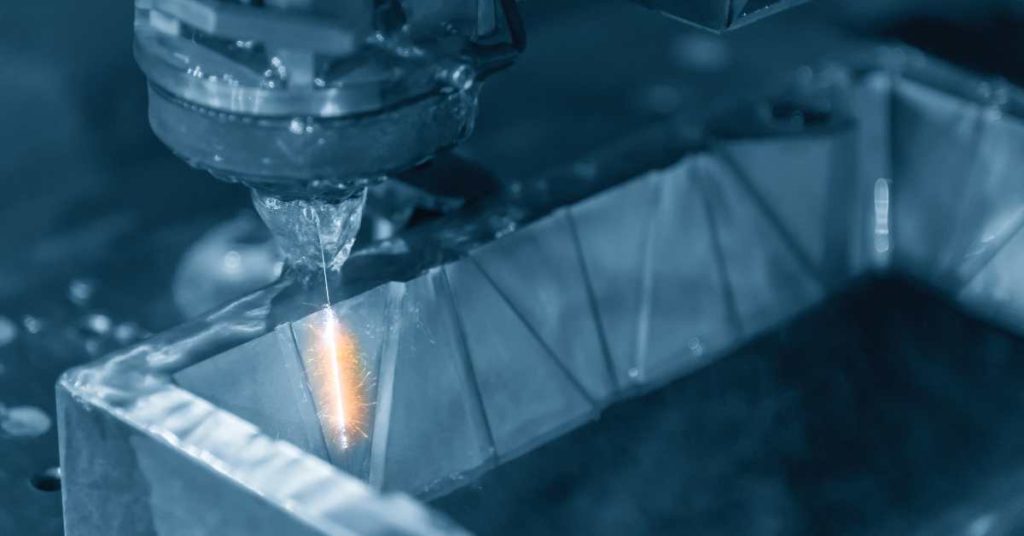
In most new product development projects for electro-mechanical products, there comes a time when the company (and its investors) need to make a leap of faith when it comes to investing in tooling. They often need a lot of advice and discuss it with us.
Let’s discuss the conundrum buyers face of doing so before a final prototype is made.
A typical situation when investing in tooling is required
After a prototype is approved, companies are often faced with a conundrum.
- If the product includes a plastic casing, for example, the casing of the prototype was certainly prepared without tooling. It was made by additive manufacturing (i.e. ‘3D printing’) or by cutting matter away from a block of plastic (i.e. CNC machined). But that’s NOT the process that will be followed in mass production.
- All that means is, production will NOT be 100% similar to the prototype. (There may have to be a gate mark, a part line, and so on, on the pieces coming out of injection molding.) The approved prototype means product design is confirmed, but it is NOT the “golden sample” yet.
Not having tooling will hold back key approval steps
Without tooling, certain key approval steps cannot take place yet:
- Testing for certifications
- Reliability testing
- Final approval of what production will look like
And that means the company financing the development of the product is facing a gap they have to jump over. It is never an easy decision.
In some cases, the buyer feels desperate. Here is how a company summed it up:
We do not think we are in a state of ordering a large quantity without having a finished go to market prototype as a reference.
At the same time we are not interested in paying the tooling cost in order to have the one sample produced.
This puts us in a bit of a dead end.
Now is the time for experience to know when to start
This is where experience comes in. If you have never done this before, you have to trust people who have ‘seen the movie before’. Here are a few risks you’ll face and tips to overcome them:
- One of the main risks is the aesthetic result. If good DFM was done on the product and mold designs, you can have a good idea of the end result. And tooling is (very) often reworked, so certain aspects can be adjusted relatively easily and fast.
- Another risk is certifications that don’t pass. When it comes to electronics, there is often uncertainty about a certain design being able to pass FCC, for example. Fortunately, that calls for changes in the PCBA design, rather than changing the shape of the casing.
- When it comes to the reliability of the product, you could do preliminary tests on prototypes (for example HALT), and that can give you an idea of the weaknesses of the design. That’s a good way of reducing the risk, too.
******
Have you faced this conundrum before? What gave you the confidence to go ahead with investing in tooling? Any tips on risks to watch out for?
Editor’s note: This post was originally published in QualityInspection.org here, and is republished for Agilian readers.
Are YOU developing a new product right now?
Our in-house R&D department and manufacturing specialists can help you make sense of the work you need to do to get your product idea to market quickly and within a reasonable budget. Get in touch with us to discuss your project and we’ll let you know how we can help manufacture it in China and explain the new product development milestones you’ll go through for your individual project and when and how to get tooling made!
About Renaud Anjoran
Renaud is a recognised expert in quality, reliability, and supply chain issues and is Agilian's Executive VP. He has decades of experience in electronics, textiles, plastic injection, die casting, eyewear, furniture, oil & gas, and paint. He is also an ASQ-Certified ‘Quality Engineer’, ‘Reliability Engineer’, and ‘Quality Manager’, and a certified ISO 9001, 13485, and 14001 Lead Auditor.



